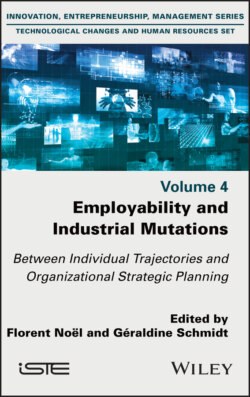Читать книгу Employability and Industrial Mutations - Группа авторов - Страница 35
2.2.1.2. Measuring “real” employability through the analysis of individual trajectories
ОглавлениеThe use of self-perceived employability can be misleading and lead some employees to take risks or, on the contrary, to excessive immobility. But then, how can we measure what would be real, effective, objective employability? Evaluating the actual return to employment is a possibility, but this would mean distinguishing between returns to employment deemed satisfactory by the individual and situations where the job is degraded or constrained, not corresponding to the person’s aspirations, which is frequent, particularly in the case of restructuring (Mazade 2010). Could we instead assess the probability of returning to work? To do so, we would have to identify more precisely which dimension of employability is at the origin of this (the person, the context or the system). We could also, at the risk of being reductive, propose an evaluation of employability by considering the resources identified as being at the origin of employability: economic, educational and social capital and so on.
In any case, effective employability cannot be validly understood without a situation: only an analysis of individual trajectories is likely to provide objective and precise elements on the employability of individuals. Employability cannot be assessed without creating (on a real scale or in a simulated manner) a mobility/transition/adaptation situation. A qualitative analysis of trajectories would lead to an interest in adaptation situations, to question the feelings of individuals, to understand the strategies they develop, to identify the contextual elements that facilitate or hinder their movements and, ultimately, to understand their employability in all its complexity.
